Advertisements
Advertisements
प्रश्न
The consecutive sides of a quadrilateral have
पर्याय
no common point
one common point
two common points
infinitely many common points
उत्तर
We can look at a quadrilateral as:
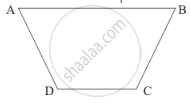
The consecutive sides of the above quadrilateral AB and BC have one point in common.
APPEARS IN
संबंधित प्रश्न
Given here are some figures:
 |
 |
 |
 |
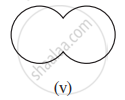 |
 |
 |
 |
Classify each of them on the basis of the following:
- Simple curve
- Simple closed curve
- Polygon
- Convex polygon
- Concave polygon
In a quadrilateral, define of the following Adjacent angles .
In Fig. 16.19, ABCD is a quadrilateral.
How many pairs of opposite angles are there?
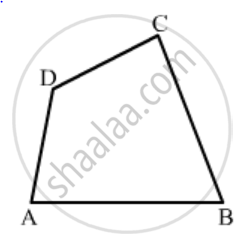
In the given figure, PQRS is an isosceles trapezium. Find x and y.

In the given figure, ABCD is a trapezium. Find the values of x and y.

In the quadrilateral ABCD, AB = BC and AD = DC Measure of ∠BCD is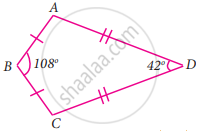
If angles A, B, C and D of the quadrilateral ABCD, taken in order, are in the ratio 3 : 7 : 6 : 4, then ABCD is a ______.
D and E are the mid-points of the sides AB and AC respectively of ∆ABC. DE is produced to F. To prove that CF is equal and parallel to DA, we need an additional information which is ______.
Using the information given, name the right angles in part of figure:
RT ⊥ ST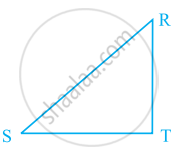
Can we have two obtuse angles whose sum is a complete angle? Why or why not?
